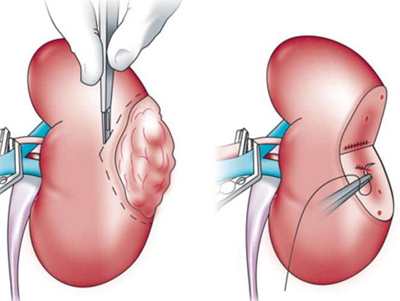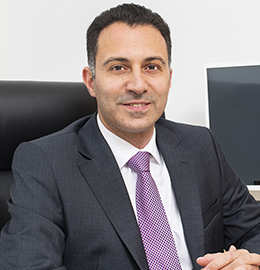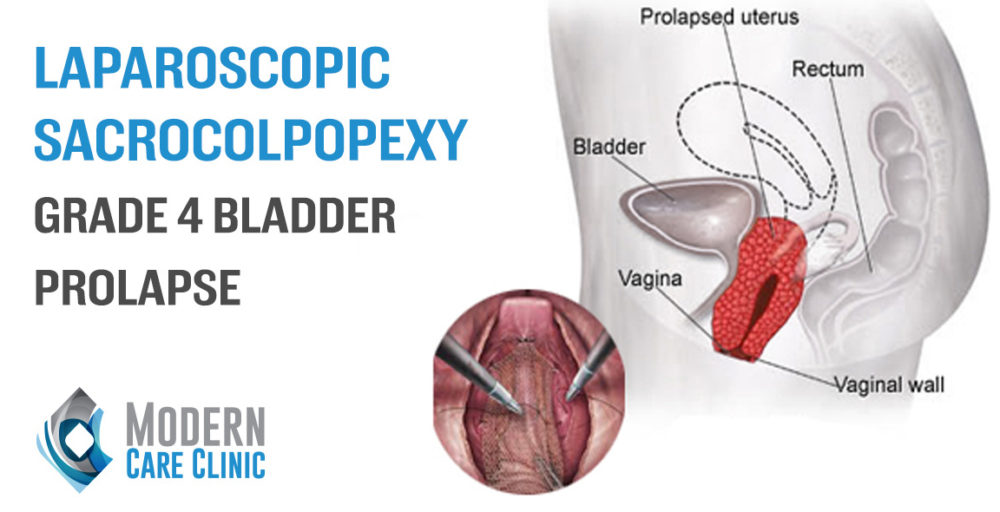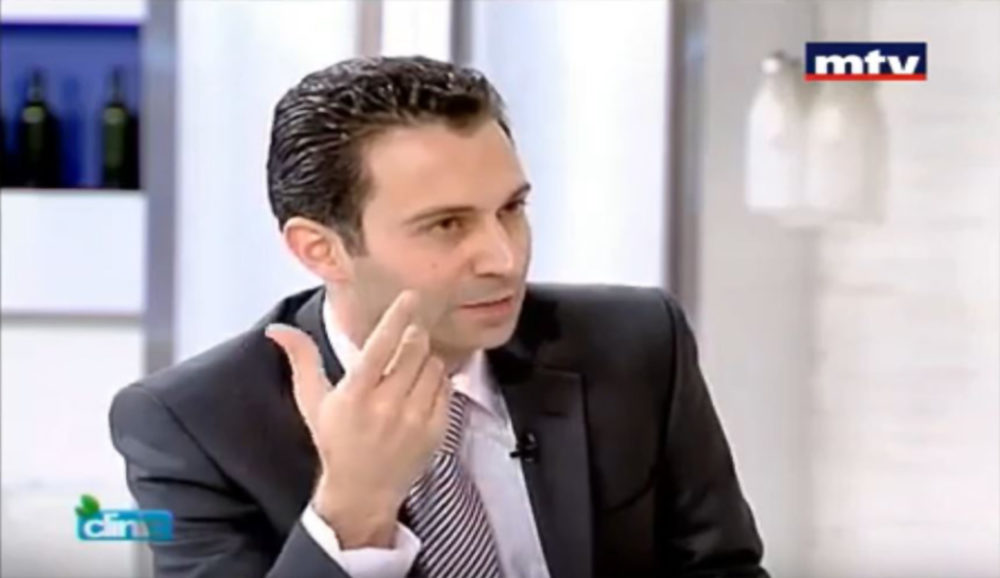Sexual dysfunctions in men whether Erectile dysfunction or Premature ejaculation can significantly affect his daily life
Erectile dysfunction
Erectile dysfunction (ED) is when a man (particularly in men over 40) has difficulty to get or keep an erection suitable for sexual relation or any other sexual activity.
ERECTILE DYSFUNCTION CAUSES:
Physical causes: Common causes include: heart disease, high cholesterol, high blood pressure, diabetes, obesity, Parkinson’s disease, a toxic lifestyle (tobacco use, drug or alcohol use, sleep disorders…), certain prescription medications, hormonal imbalance in testosterone (low testosterone), clogged blood vessels, surgeries or injuries that affect the pelvic area or spinal cord…
And some psychological conditions can cause an erectile dysfunction like depression, stress, relationship problems…
Complications: depression, an unsatisfactory sex life, relationship problems, no self -confidence, difficulty for your partner to get pregnant, decreased sexual desire…
To treat erection problems, the patient should first visit the doctor to find out the cause; if the cause is an underlying disease or a hormonal disorder; it must first be treated.
The doctor frequently uses Viagra, Cialis to treat erectile dysfunction (those medications help blood flow into the penis by inhibiting an enzyme phosphodiesterase E5, often called PDE5). PDE5 breaks down one of the molecules that relaxes the smooth muscles of the penis and the blood flow necessary for an erection.
If the cause is psychological, the patient should also consult a sexologist to treat the erectile dysfunction.
Healthy lifestyle changes can sometimes help erectile dysfunction:
- -lose weight if you’re overweight
- -stop smoking
- -eat healthy
- -try to reduce stress and anxiety
- -decrease alcohol and tobacco abuse
Follow the link for more details about Erectile Dysfunction
Premature ejaculation
This is when a man ejaculates sooner than he wants to during sexual intercourse; and it is annoying for the two partners.
Premature ejaculation causes:
Psychological causes: (anxiety, relationship problems, depression, a traumatic sexual experience from childhood…)
Physical causes: (prostate problems, thyroid problems, a penis extra sensitive, using recreational drugs…)
Premature ejaculation treatment:
Psychosexual counseling, behavioral therapy ( a treatment that aims to improve self-confidence and relieve anxiety and depression by continuously training men to master certain sexual skills to delay ejaculation time; including psychotherapy and physical techniques.), anesthetic creams and gels, and medications.
You can try some measures to treat premature ejaculation: masturbate an hour or 2 before having sex, use a thick condom, take breaks during sex and think about something boring…
You might be at increased risk of premature ejaculation if you occasionally or consistently have trouble getting or maintaining an erection; fear of losing your erection might cause you to consciously or unconsciously hurry through sexual encounters.
Premature ejaculation can occasionally make fertilization difficult for couples who are trying to have a baby if ejaculation doesn’t occur intravaginally.
Follow the link for more details about premature ejaculation
Our caring team can help you overcome those issues. Book your appointment at Modern care clinic by calling us on +96176887676 / +9614520055 or you pick your convenient timing at Modern Care.





